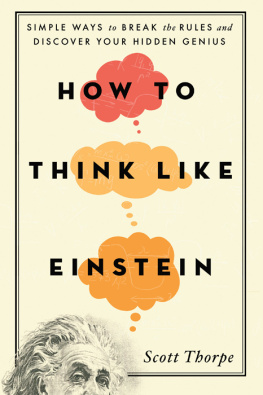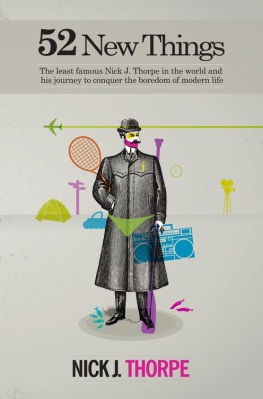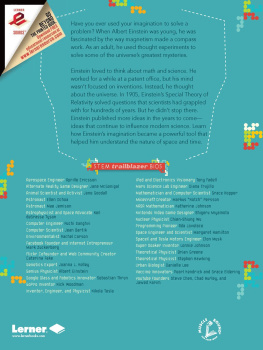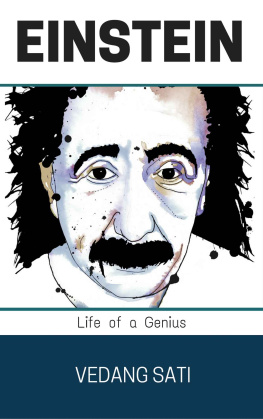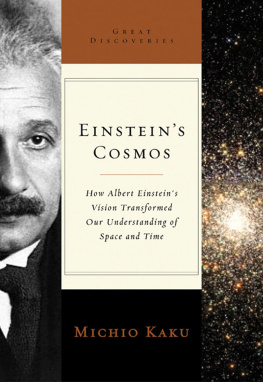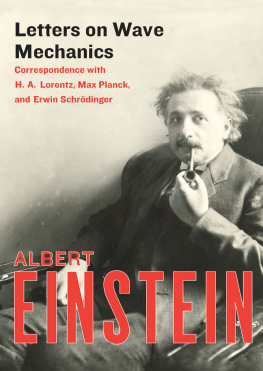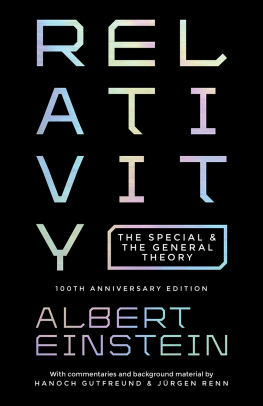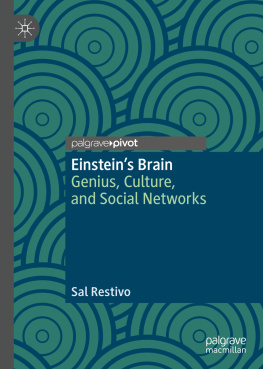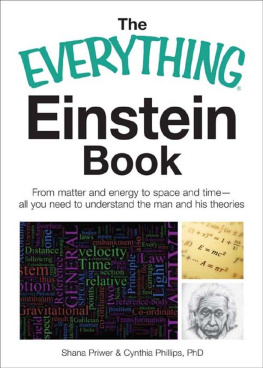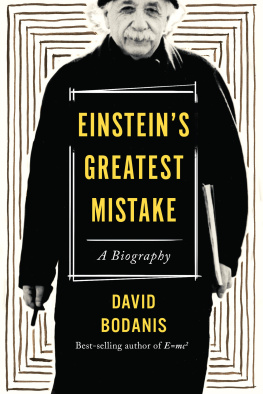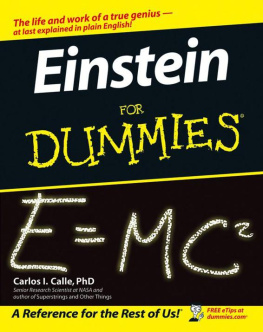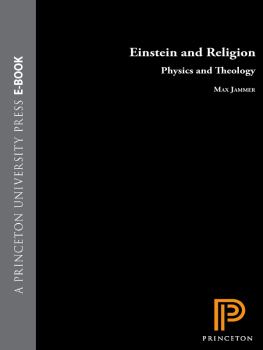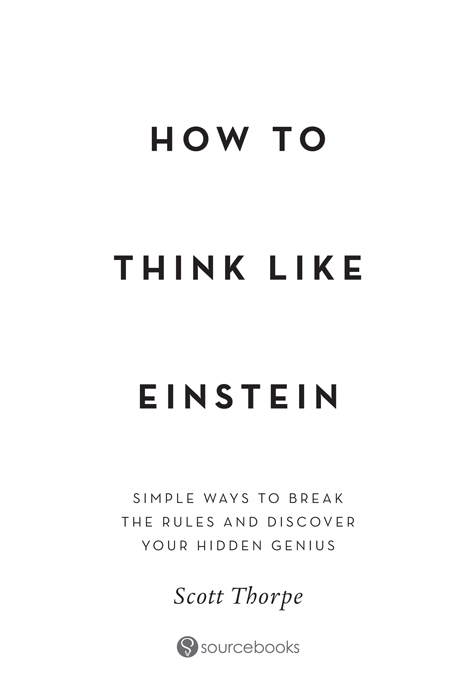Copyright 2000, 2015 by Scott Thorpe
Cover and internal design 2015 by Sourcebooks, Inc.
Cover design by The Book Designers
Cover images/illustrations Nikiteev_Konstantin/Shutterstock, Arkady Mazor/Shutterstock
Sourcebooks and the colophon are registered trademarks of Sourcebooks, Inc.
All rights reserved. No part of this book may be reproduced in any form or by any electronic or mechanical means including information storage and retrieval systemsexcept in the case of brief quotations embodied in critical articles or reviewswithout permission in writing from its publisher, Sourcebooks, Inc.
This publication is designed to provide accurate and authoritative information in regard to the subject matter covered. It is sold with the understanding that the publisher is not engaged in rendering legal, accounting, or other professional service. If legal advice or other expert assistance is required, the services of a competent professional person should be sought. From a Declaration of Principles Jointly Adopted by a Committee of the American Bar Association and a Committee of Publishers and Associations
All brand names and product names used in this book are trademarks, registered trademarks, or trade names of their respective holders. Sourcebooks, Inc., is not associated with any product or vendor in this book.
Published by Sourcebooks, Inc.
P.O. Box 4410, Naperville, Illinois 60567-4410
(630) 961-3900
Fax: (630) 961-2168
www.sourcebooks.com
Library of Congress Cataloging-in-Publication Data
Thorpe, Scott.
How to think like Einstein : simple ways to break the rules and discover your hidden genius / Scott Thorpe. -- 2 Edition.
pages cm
Revised edition of the authors How to think like Einstein, 2000.
Includes index.
1. Problem solving. 2. Creative thinking. I. Title.
BF449.T48 2015
153.4--dc23
2015024444
To Albert Einstein for providing me with years of fascinating reading.
CONTENTS
FOREWORD
I am grateful to Sourcebooks for the opportunity to revisit Einstein and his wonderful, rule-breaking mind. Examining his genius for the original book led me to many important changes in my own life, breaking the rules that kept me from spending more time with my kids, having more fun and adventure, and amazingly, making more money.
Since then I have had the chance to talk with many readers and seminar participants about their problems and aspirations. I have seen how our own rules about our businesses, jobs, and lives keep us from discovering the better universes that are out there. We are too often our own worst enemies. Yet while that is easy to see in others, I have a hard time seeing when it is true for me.
Updating the book based on these experiences has shown me how many rules are still keeping meand us allstuck in ruts and how I can break away from those to create real, effective solutions to any problem. I hope that this book is as useful to you.
CHAPTER ONE
EINSTEINS SECRET
Unthinking respect for authority is the greatest enemy of truth.
ALBERT EINSTEIN
This book will teach you to create solutions to your toughest, even impossible, problems. You will learn techniques implicit in the solutions of Albert Einstein, historys greatest problem solver. Einstein solved some of the worlds most bewildering problems. He was successful because he had a very different way of thinking. You can learn to think in the same way. You wont become any smarter, but you will start seeing the solutions you have been ignoring.
These techniques, and those of others presented here, are not just for unraveling the mysteries of the universe. By learning new ways to solve problems, you can increase the profitability of your business, improve educational opportunities for your children, make artistic and creative breakthroughs, and enhance the quality of your life. Tough problems of all kinds can be resolved because one universal principle is at the core of learning to think like a genius: youve got to break the rules.
Einstein was one of the worlds most natural rule breakers, the James Dean of science. He didnt just challenge physical laws. He flaunted tradition and outraged governments. Breaking rules caused him constant trouble, but Einsteins audacious willingness to fracture any rule was at the core of his genius. He was a great problem solver because he was a superb rule breaker. It is a common trait of genius, and a skill that can be learned and cultivated. We can all think like Einstein, if we just learn to break the rules.
RULE RUTS
Few people are capable of expressing with equanimity opinions which differ from the prejudices of their social environment. Most people are even incapable of forming such opinions.
ALBERT EINSTEIN
If you cant solve a problem, it is probably because you are stuck in a rule rut. We all have rulesingrained patterns of thinking that we mistake for truth. Our rules form naturally. Ideas become rules with repeated use. When a rule rut forms, all conflicting ideas are ignored.
Rules are not always bad things. They are like railroad tracks. If you want to go where the track goes, they are perfect. But like destinations without a rail line, some solutions cannot be reached by following our rules. The only way to get there is to leave the tracks.
Rules stunt innovative thinking because they seem so right. They hide the numerous superior solutions that exist but are outside our rule ruts. These great solutions will only be found by breaking the rules.
No one is immune to rule ruts. Even Einstein was stymied for years by one of his prejudices. But to him, the offending rule seemed inviolable.
You may not be interested in discovering the laws that govern the universe, but you still have tough problems to solve. Your problems may even be tougher than Einsteins. You may be competing against smart people, working in an environment that is constantly changing, or trying to make a big change. Your challenge may seem impossible. But there is an answerif you can learn to break the rules.
Our biggest obstacle when we are faced with an impossible problem is inside us. It is that our experiences, mistaken assumptions, half-truths, misplaced generalities, and habits keep us from brilliant solutions. The great new ideas and the vital solutions exist. They are just outside the prevailing thought. Otherwise someone would have found them already. You must break the rules to solve impossible problems.
BREAKING RULES AND SOLVING PROBLEMS
I sometimes ask myself how it came about that I was the one to develop the theory of relativity. The reason, I think, is that a normal adult never stops to think about problems of space and time. These are things which he has thought about as a child. But my intellectual development was retarded, as a result of which I began to wonder about space and time only when I had already grown up.
ALBERT EINSTEIN
Saying that rule breaking was the secret to Einsteins genius is a big claim. He was also naturally brilliant and extremely tenacious. How do we know that rule breaking wasnt just an ancillary quirk of his genius? Lets do a simple thought experiment to learn what was responsible for Einsteins great ideas. Einstein loved thought experiments, so it is appropriate that he is the subject of ours. We will examine Einsteins intelligence, knowledge, and rule breaking and see how they affected his creative output. And we will do it without any complicated physics or math.

